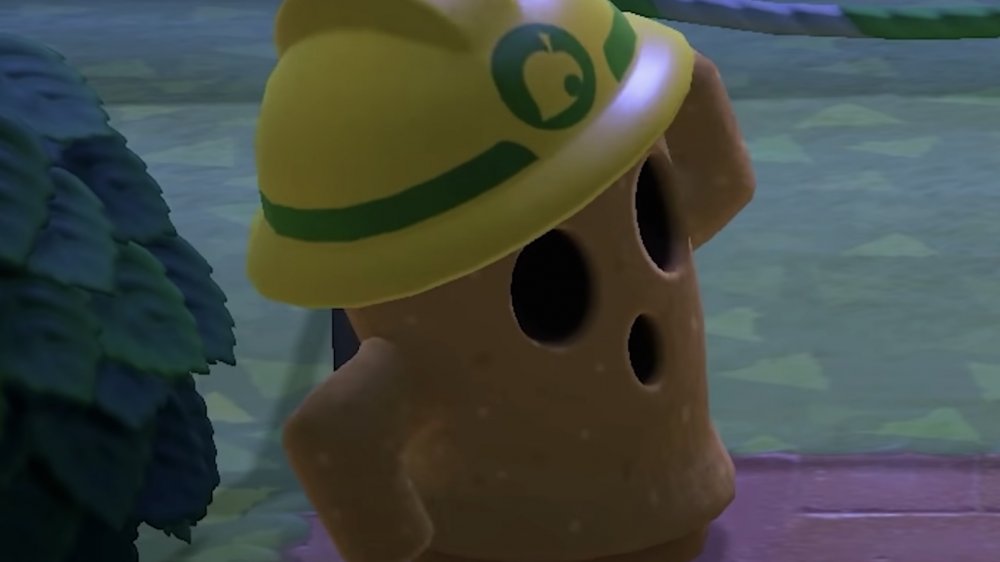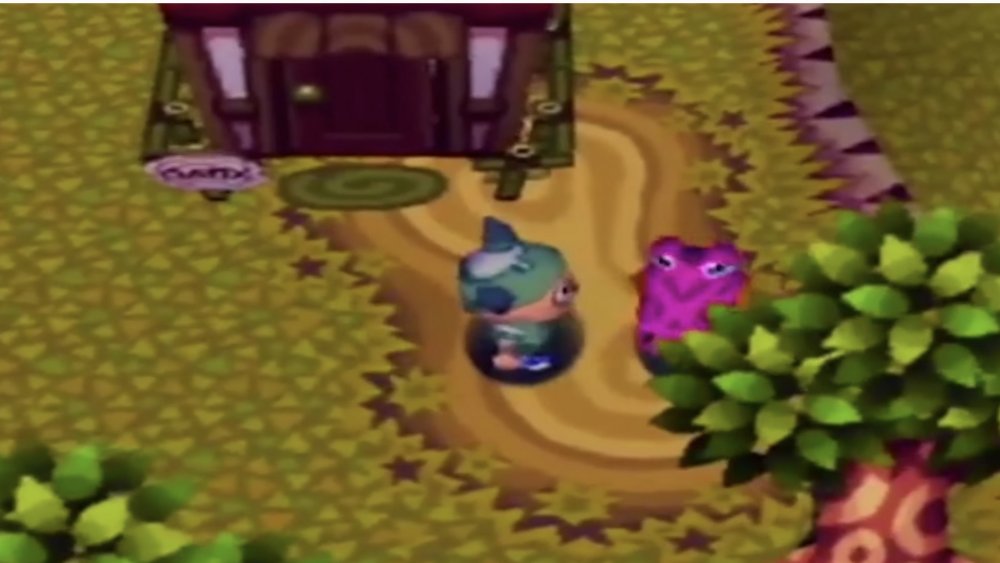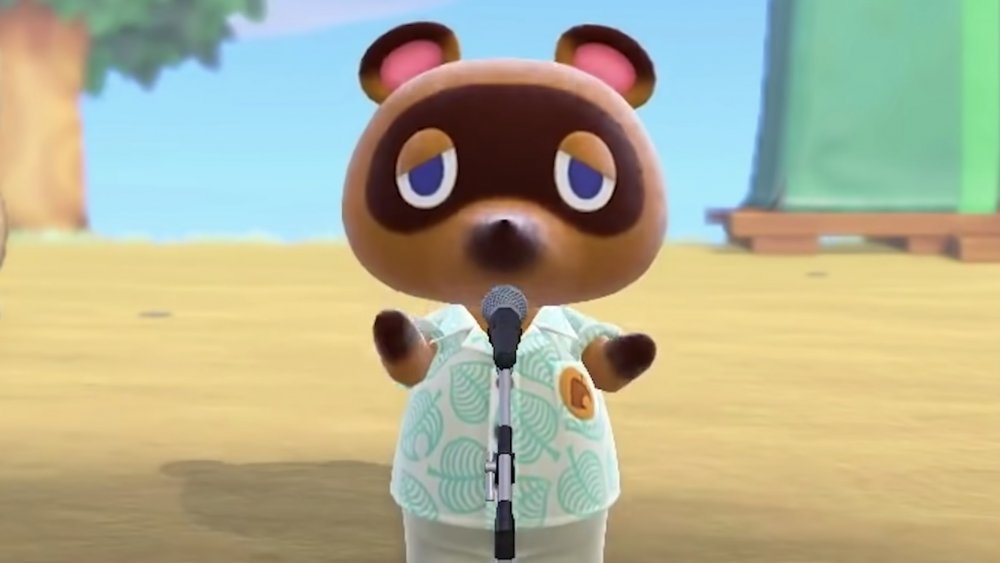The Untold Truth Of Animal Crossing
Plenty of people have been counting on Animal Crossing: New Horizons, the latest iteration of the Animal Crossing franchise, to get them through their social distancing days during the COVID-19 pandemic. The social simulation game, with its cute animal characters and self-paced island existence that caters to many playstyles, sold 22.4 million units in the second quarter of 2020 after being released on March 20.
Many new players may be discovering the franchise, but Animal Crossing has a long history, dating back to 2001, when it was released first for the Nintendo 64 and then for the GameCube. In fact, you might be surprised at how much there is to the story of this seemingly simple game — a concept also reflected in the series' gameplay, which seems refreshingly straightforward but also contains a great deal of depth. Let's take a look at a few of the things you don't know about Animal Crossing.
The inspiration for the original game was loneliness
The man behind Animal Crossing's creation is Katsuya Eguchi, who was hired by a company he'd never heard of before he applied for a job there in 1986: Nintendo. According to an interview he did with Edge, he made the decision to move from his native Chiba to Kyoto, where Nintendo is based. There, he conceived the idea of a game that features the themes of family, friendship, and community.
"But the reason I wanted to investigate them was a result of being so lonely when I arrived in Kyoto! Chiba is east of Tokyo and quite a distance from Kyoto, and when I moved there I left my family and friends behind," Eguchi told the publication. "In doing so, I realized that being close to them — being able to spend time with them, talk to them, play with them — was such a great, important thing. I wondered for a long time if there would be a way to recreate that feeling, and that was the impetus behind the original Animal Crossing."
Fourteen years later, his idea was launched in Japan as Dōbutsu no Mori as a way of using the real-time clock inside the Nintendo 64DD add-on. Fortunately, the game did better than the 64DD. In this first Animal Crossing, the player arrives alone in a new place and enters the service of Tom Nook, initially finding comfort only in letters from Mom until he or she settles in.
Japanese culture and folklore permeates the Animal Crossing world
Although so many things in the Animal Crossing series are universal, including its themes, it is — at its heart — a Japanese game. That means that elements of Japanese culture pop up in both obvious and subtle ways. For example, there's Tom Nook himself. A fixture since the very first title, Tom Nook is actually a tanuki: a real raccoon dog with trickster god-like significance. The tanuki is a shape-shifter associated with bringing wealth to businesses.
You'll find other Japanese ideas in Animal Crossing games all throughout the franchise. Characters such as Redd the kitsune, Kabuki the cat, and Kapp'n the Kappa (it's more clear that he's not a turtle in the Japanese version of the game) evoke the culture of the Asian country.
So do Japanese lucky cats and the gyroids. In Animal Crossing: New Horizons, the only gyroid you really see is Lloid, who pops up whenever you decide to take a collection for a new construction item. The gyroids are based on Haniwa, clay figures that house the souls of the dead, from the Kofun and Asuka periods of Japanese history.
Other Japanese elements within the game include cherry blossom trees, bamboo forests, kimonos, and bento boxes.



